Researchers from Denmark have discovered two new species of poisonous birds in New Guinea adding to the known roster of toxic avian species. This marks the first such discovery in over two decades. Currently there are a few species of poisonous birds like the New Guinean pitohui and Ifrit, but the latest discovery is even deadlier carrying neurotoxins in their feathers as potent as that found in the golden poison dart frog.
The new toxic species

The newly identified species are the Regent Whistler (Pachycephala schlegelii) and the Rufous-naped Bellbird, (Aleadryas rufinucha) found during an expedition that was as thrilling as an Indiana Jones adventure. The regent whistler, part of a widely distributed bird family, is recognized for its distinctive song across the Indo-Pacific region. Both birds have developed the ability to store neurotoxins in their feathers and skin.
Neurotoxins in birds
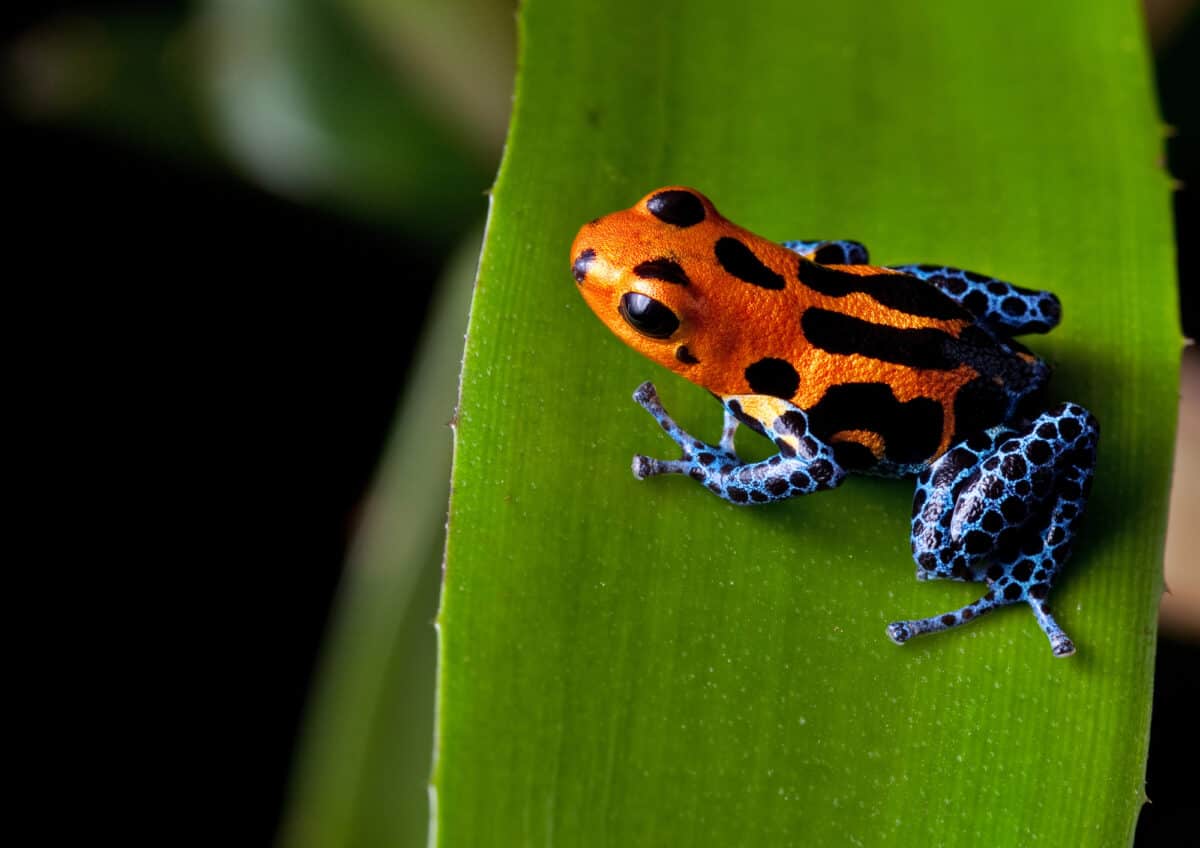
Both birds contain batrachotoxin, a potent neurotoxin which can cause severe reactions in predators, deterring them from attacking. Batrachotoxin is also found on the skin of poison dart frogs
Evolutionary advantage

The ability to store toxins gives these birds a significant evolutionary advantage in their dense rainforest habitats. It helps them fend off predators and survive in the wild. Batrachotoxin causes paralysis and death by interfering with nerve and muscle function. It can be lethal in high doses.
How do they acquire toxins

These birds acquire their toxins through their diet, specifically by eating toxic beetles. This adaptation allows them to thrive in their environment. This proves the amazing evolutionary adaption of nature.
The discovery turned out an Indian Jones type adventure

The discovery was made by scientists Knud Jønsson of the Natural History Museum of Denmark and UCPH researcher, Kasun Bodawatta. The duo embarked on an Indiana Jones type adventure braving local hostile tribes and ex cannibals amidst the stunning biodiversity of New Guinea’s rainforest. While researchers were thrilled to discover the new species, there are in existence a few more birds that are highly toxic in nature.
Hooded Pitohui (Pitohui dichrous)

The Hooded Pitohui, native to New Guinea, is perhaps the most famous poisonous bird. This vibrant bird, with its striking orange and black plumage, carries a potent neurotoxin called batrachotoxin in its skin and feathers. Batrachotoxin is the same toxin found in certain poisonous frogs. The Hooded Pitohui was discovered in 1980 by Jack Dumbacher, researcher at the California Academy of Sciences.
Variable Pitohui (Pitohui kirhocephalus)

Closely related to the Hooded Pitohui, the Variable Pitohui also hails from New Guinea. This bird exhibits a range of plumage colors, hence its name “variable.” Like its cousin, the Variable Pitohui harbors batrachotoxin, making it poisonous to touch and consume.
Blue-capped Ifrit (Ifrita kowaldi)
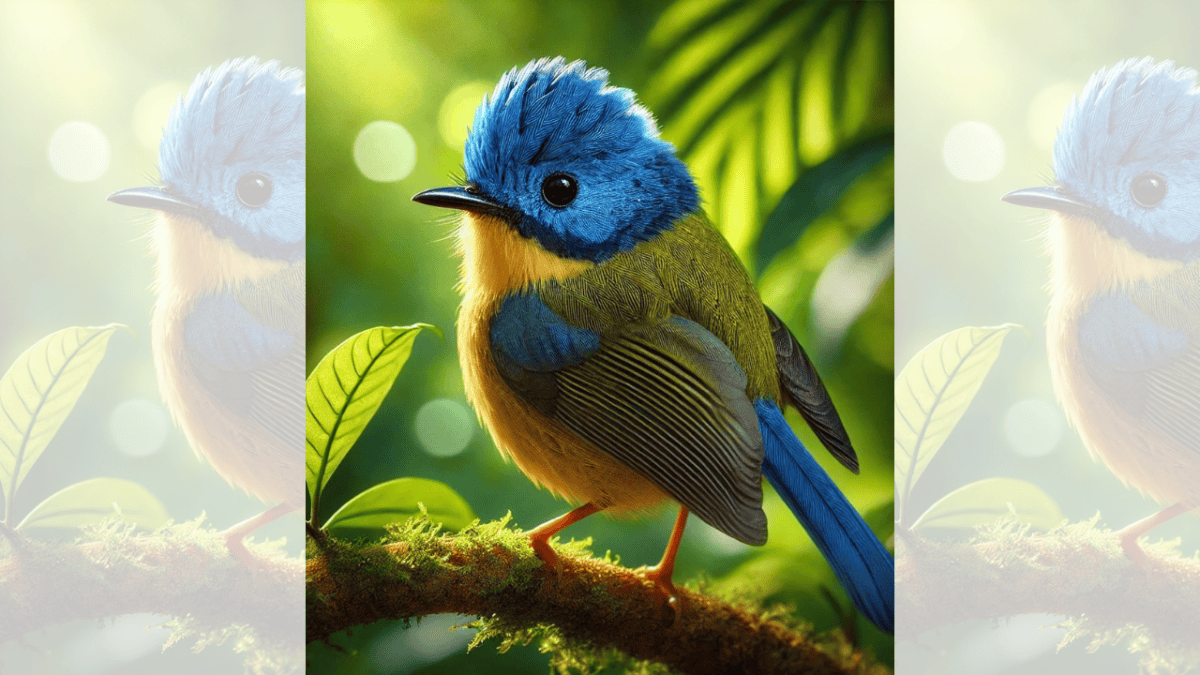
The Blue-capped Ifrit, another resident of New Guinea, is a small bird with a unique appearance, featuring a striking blue crown and yellowish-brown body. This bird is known to harbor batrachotoxin as well, which it accumulates through its diet.
Little Shrikethrush (Colluricincla megarhyncha)

The Little Shrikethrush, found in Australia and New Guinea, is a small, inconspicuous bird with brownish plumage. Despite its unassuming appearance, this bird also contains batrachotoxin. The presence of this toxin in the Little Shrikethrush is less well-documented than in the pitohuis, but it is believed that the bird uses its toxicity in a similar way to deter predators
Common Quail (Coturnix coturnix)

The Common Quail, found across Europe, Asia, and Africa, is a small, ground-dwelling bird that can sometimes be toxic to humans. This toxicity, however, is not inherent to the bird itself but is due to a phenomenon known as “coturnism.” Coturnism occurs when people consume quail that have fed on toxic plants, such as hemlock or certain types of seeds.
Spur-winged Goose
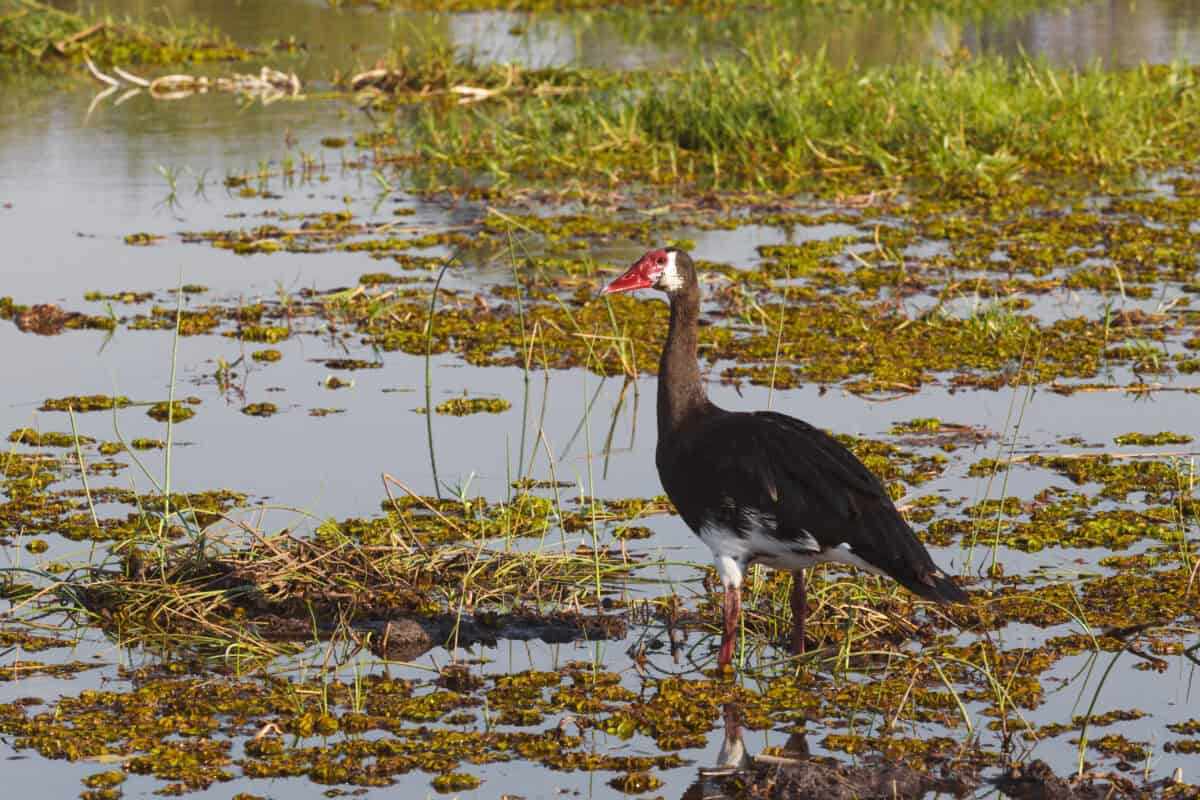
This bird, found in Africa, accumulates cantharidin from blister beetles in its diet. Cantharidin is highly toxic and can cause severe reactions if ingested (Animal Spot).
Eurasian Hoopoe
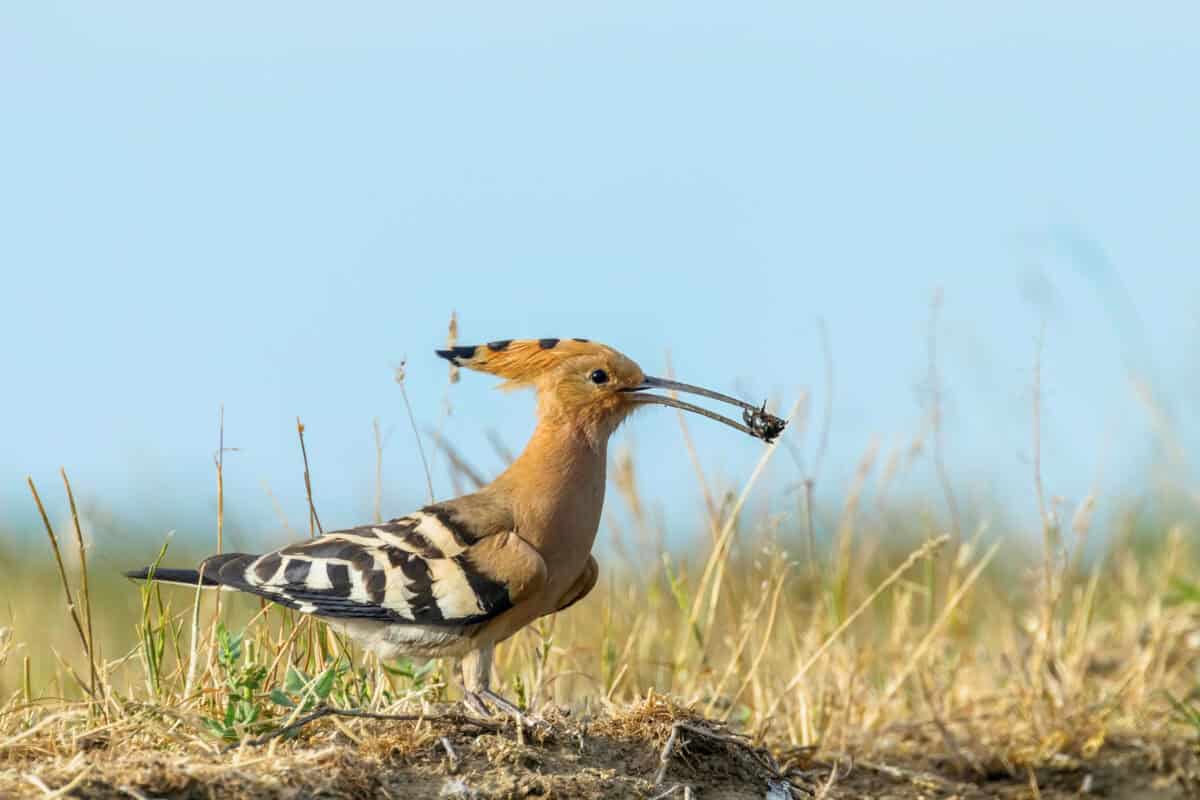
Found across Europe, Asia, and Africa, the Eurasian hoopoe produces a foul-smelling liquid from its uropygial gland containing dimethyl sulfide, which acts as a chemical defense against predators.
Red Warbler

Found in the highlands of Mexico, this bird can become poisonous after eating certain toxic berries. The toxins can cause nausea and vomiting in humans
Local Knowledge and Myths

Local tribes have long known about these birds’ toxic nature. They avoid consuming them due to the burning sensation their meat causes.
Future Research Directions
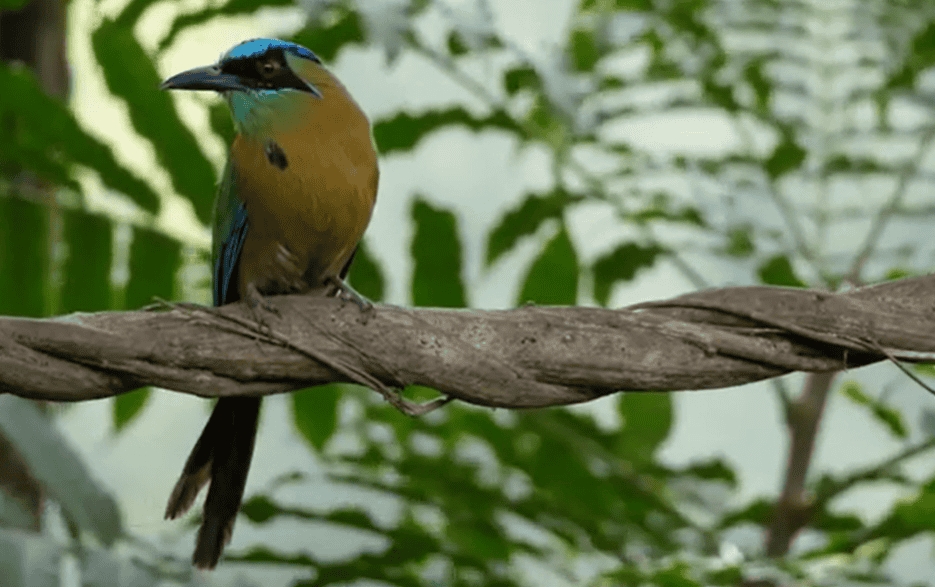
This discovery places New Guinea’s birds among other globally recognized poisonous animals. It emphasizes the diversity of nature’s defense mechanisms. Future research will focus on understanding how these birds process and store toxins. This knowledge could lead to new insights into the evolution of chemical defenses in animals.
Join our Forum for free today!

- Scientists Discover New Bird but Warn People Not to Touch It - July 3, 2024
- Indian Farmers Dump Forty Snakes Including Cobras in Tax Office to Protest Against Corruption - July 2, 2024
- Strawberry Squid with Different Colored Eyes Spotted in Twilight Zone off California Coast Amazes Scientists - July 2, 2024

